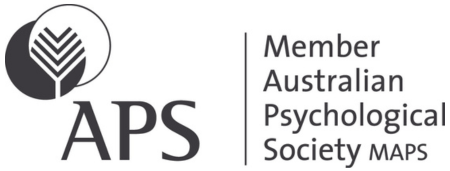Eye Movement Desensitisation and Reprocessing (EMDR) is a structured therapeutic approach primarily used to help individuals process and heal from traumatic memories. It was developed to treat post-traumatic stress disorder (PTSD), but it is also effective for a wide range of emotional and psychological issues, including anxiety, depression, and phobias.
EMDR helps individuals process distressing memories by engaging in bilateral stimulation, which typically involves following guided eye movements.
The therapy involves eight phases, beginning with assessment and preparation, where the therapist works with the client to identify specific memories and develop coping strategies. During the reprocessing phase, the client recalls the traumatic event while simultaneously engaging in bilateral stimulation (e.g., eye movements, taps, or sounds), which helps the brain reprocess the memory.
This process aims to reduce the emotional intensity and negative beliefs associated with the trauma, enabling clients to gain more adaptive perspectives and emotional responses.
EMDR is unique in that it does not require clients to talk in detail about their traumatic experiences. Instead, it targets the way memories are stored in the brain, helping to desensitise them and reframe negative beliefs. It is a highly effective treatment for trauma-related conditions, with many individuals reporting significant reductions in symptoms and distress following treatment.
Our approach to EMDR is client-centred and compassionate, ensuring that clients feel safe and supported throughout the process. We provide a structured, trauma-informed environment to guide clients through the stages of EMDR, helping them process past experiences and develop healthier emotional responses moving forward.











